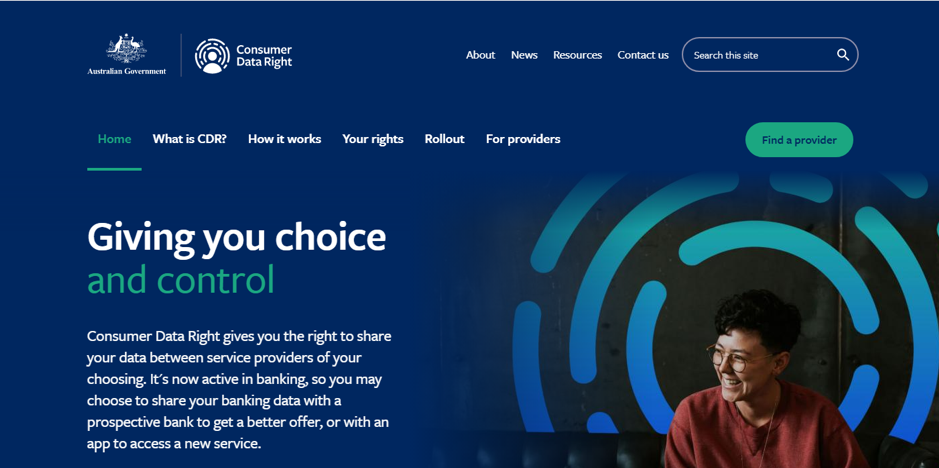
At a glance
<$50K
2020
2 to 4 months
Completed
Federal government
Content & training, Design & user research
User needs, Multidisciplinary teams, Agile delivery, Accessibility
ACCC’s challenge
The Australian Competition and Consumer (ACCC) needed to communicate complex new data capabilities (Australia’s new Consumer Data ) to citizens in plain English, while also providing highly technical and detailed content for service providers.
ACCC’s transformation
The ACCC’s new Consumer Data Right website delivers user-centred content that meets different audience needs. It’s also written to meet accessibility guidelines and is optimised for the online medium.
The outcomes
- Consumer content written in plain English
- Detailed and more technical content for service providers
- Content written to accessibility standards
ACCC’s challenge — meeting different audience needs
The ACCC needed to create a Consumer Data website that could be used by consumers (individuals and small businesses) and providers (separated into data recipients and data holders).
The content for individuals and small businesses needed to be written in plain English, following the ACCC’s editorial style guide as well as general web writing best practice and the Australian Government Style . The concept of Consumer Data Right was completely new to the market, and was highly complex. It was often described using dense technical and legislative language.
The content for providers needed to include information on the extensive legal and IT requirements for being an accredited data recipient and data holder.
ACCC’s transformation — user-centred content
A human-centred design process was led by our design partners, Today . Today worked with Salsa’s content writer on user stories and information architecture (IA) before creating high fidelity, clickable prototypes for user testing.
The user stories and results of the user testing were fed into the content strategy and content design. Our content writer then drafted the content based on user needs and web writing best practice, while also ensuring accessibility standards were met. Content was continually run through online readability tests (e.g. WebFx’s free readability ) to ensure the lowest readability age possible.
The outcomes — website that follows web writing best practice
The final website includes content for individuals and small businesses that’s:
Written in plain English
Contains simplified definitions of Consumer Data Right (What is )
Explains how Consumer Data Right works (How it )
Incorporates user stories/case studies to show Consumer Data Right in action (view a sample user )
Broken up with subheadings and bullet points for scanning users
Uses summaries at the top of key pages to orientate the user and provide a snapshot of the page’s content
The content also meets several DTA Digital Standards criteria, including:
The website includes a For section that contains all the detailed content providers need. Content is divided into information for data holders and accredited data recipients, and covers all the technical and legislative requirements.
About the ACCC and Consumer Data Right
The ACCC enforces the Competition and Consumer Act 2010 and other legislation. It focuses on promoting competition and fair trading. The ACCC is one of three government regulators for Australia’s new Consumer Data Right. Consumer Data Right gives individuals and small businesses the right to share their data from one provider to another. Providers transfer customer data (if requested to do so) using automated data technology.

